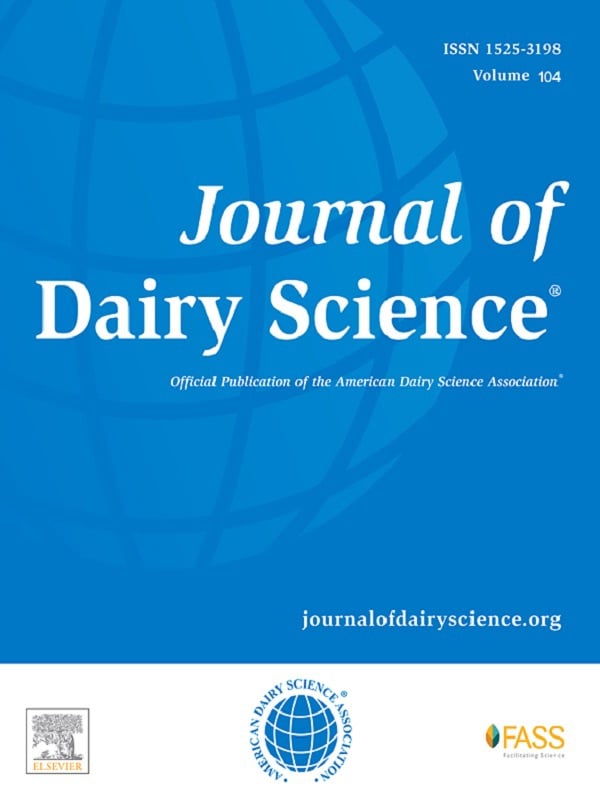
About the farm
Trouw Nutrition has been a registered partner of the Van Kempen family, that owns the Kempenshof farm, for more than 25 years. The farm has space for 135 dairy cows and 75 calves and is surrounded by 30 hectares of grass and 12 hectares of maize. At Kempenshof, we follow the development of calves from birth until their final lactation to provide evidence to support our LifeStart philosophy. According to LifeStart, we believe that the first two to three months of a calf’s life have a major impact on the productivity and longevity of the animal throughout its lifetime as a dairy cow, and therefore, it is important to carefully monitor young animals on the farm.


Equipped with the latest technology
Calves at Kempenshof are housed in individual igloos and a group housing unit, both of which make it possible to closely monitor individual health and performance and if needed, adjusted accordingly. The main barn has room for 135 dairy cows, with forage and compound feeders to individually measure feed intake. There is a 6x2 milking parlour, that enables us to perform automatic body condition scoring and individual weighing. The farm also has a large calving pen, with 24/7 video surveillance that enables us to closely follow the birth process. The metabolism unit is essential for research purposes and in-depth monitoring of the cows’ metabolism, with the aim to improve animal health and performance. Individual cows can be studied intensively for a longer period, which is quite unique and valuable for research on dairy cows. There is also a small laboratory on location for sample preparation and storage.
Dairy research facility
-
Group-housed calves
From six to eight weeks of age until 12 weeks, calves are moved to the group housing facilities, where they can socialise with other calves and be closely followed during this early period of their lives.
-
Heifers
The farm keeps its own heifers for their future dairy cow herd and can keep up to 75 heifers in the barn on site.
-
Dry cows
Dry cows are kept in a separate area on straw, where they are closely monitored to ensure a healthy parturition.
-
Metabolism unit
In our modern metabolism unit, 12 dairy cows can be intensively followed for a long period, with complete input and output This is quite unique and valuable for research on dairy cows.
-
Meeting room
The meeting room can host on-farm presentations about the latest scientific findings studied at the Dairy research facility and serves as a biosecurity area where visitors are required to wear protective overalls and shoes.
-
Lactating cows & calving
The lactating barn can hold up to 135 dairy cows and is equipped with forage and compound feeders to individually measure feed intake. There is a 6x2 milking parlour with automatic body condition scoring and individual weighing. The farm also has a large calving pen, with 24/7 video surveillance that enables us to closely follow the birth process.
-
Feed storage
The farm is surrounded by 30 hectares of grass and 12 hectares of maize, which can be stored onsite after harvesting.
-
Laboratory
We operate a well-equipped onsite laboratory with a large storage capacity for research samples and the ability to prepare samples needed for on-farm sample collection.
-
Individual calves
There are 20 igloos for housing calves from birth until six to eight weeks of age in a way that enables us to closely monitor individual health and performance.



